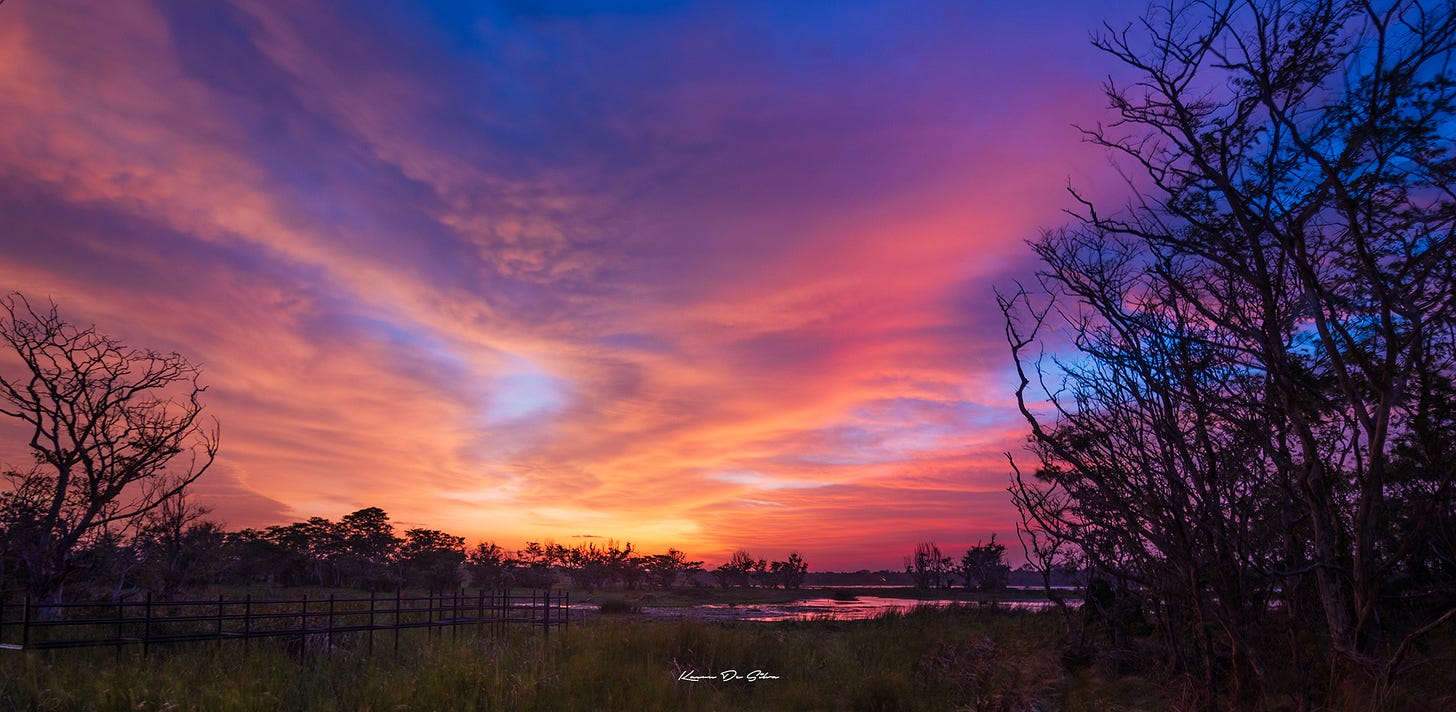
Landscapes have their own moods, feelings and expressions, says
Kasun De Silva. He attributed this insight to the photography of Nihal
Fernando. He added, ‘landscapes are not just sceneries, but stories.’ It
was a comment on one of Fernando’s photos posted on Facebook by Studio
Times which Kasun had re-posted on his wall. The original post had the
following caption: ‘Nihal Fernando: He never tired of photographing
trees …’
True. Also true of many other things that
captured his imagination and persuaded him to explore with his
incomparable lens. They all had moods, feelings and expressions, come to
think of it. But these are not attributes one easily associates with
landscapes. People, yes, but landscapes?
Nihal
Fernando was a patient photographer. He had the eyes to cut into
rectangular shape a given subject. He could also anticipate the ways in
which what was before him could transform or, as the case may be, be
transformed by moving to test different angles and decide which would
best capture the personality of what would become ‘the photograph.’
Angle
was just one factor. There was also temperature, light, shade and
movement spurred by wind. Elements are not static; as they change so too
do the landscapes they make. Trees, included.

The particular photograph was a ‘black and white’ capture of a
solitary tree, bent by time perhaps and possibly by wind. My guess is
that it was somewhere in or around Horton Plains. The tree reached out
to other trees on an adjacent hillock. There was dappled sunlight
playing around the trunks of those other trees. There was sunlight
causing a shimmer on the grass around the subject-tree. A story, then.
Or stories, rather, for there are always multiple narratives; as many as
there are readers. We read and in reading we re-write.
Not
too long after sharing the Studio Times post, Kasun posted one of his
own photographs. It was of a sunset and titled ‘A painted evening.’
Somewhere close to Habarana, he said. The first thought that crossed my
mind was, ‘there can be no landscape painter more accomplished and
skilled than the elements.’
In the foreground, a fence that ended at the backend of a small weva.
Leaf-bereft trees on either side of the frame, a tree-line a few
hundred meters beyond, and then, sky of swirling clouds brushed in
shades of blue, orange, gold, red and purple.
It
would have stopped me. I, who knows nothing of colour, line and space.
For Kasun, it was probably a book-shelf of stories. It was a landscape
of many moods, feelings and expressions, obviously. Not ‘scenery,’ but
stories. He would have seen the narratives unfold over the next few
minutes or hour and even later when the detailed subject blurred, turned
to silhouette and disappeared into the nocturnal narratives. He gave us
a moment and that was still quite a collection of stories.
And
reflecting on landscapes and stories, following Kasun’s observation, it
occurred to me that we are surrounded by libraries and galleries; the
one housing splendid stories, heroic and tragic, hilarious and sober,
brief and lengthy, and the other on whose walls hang paintings that
cannot be bought or sold, stolen or defaced.
Of
course there’s that added allure in things spared human touch. This is
perhaps why some people like to travel, to hike, to explore places that
cannot be reached by vehicle, not even a bicycle. Kasun, like Nihal, has
offered us glimpses of such libraries and galleries. Then again, there
are ‘peopled’ landscapes that are in stark contrast to a wind-sculpted
tree in a tropical montane forest. Cityscapes, in a word.
Less ‘peopled,’ but certainly carrying human signature, would be paddy fields, terraced and un-terraced. Wevas.
Faraway temples. Even a set of windmills. Or proud posts carrying
electricity. One could theoretically conjure any number of images.
Landscapes or rather ‘scapes,’ one and all. Each with a mood, a feeling,
and expression or multiples of the same. Each, a personality.
Question:
do we notice these personalities that have stories to tell? If we do
notice, do we stop to read? Don’t we have enough time? Is it that we
can’t quickly draw an arrow from ‘the possibility of a story’ through
‘reading’ to some tangible benefit?
Nihal Fernando
read. Kasun reads. Nihal Fernando shared his stories as does Kasun. We
are enriched, certainly, but we can also enrich ourselves, perhaps in
some smaller way. We are, after all, surrounded by moods, feelings and
expression.
[This article was published in the Daily News under the weekly column title 'The Recurrent Thursday']
No comments:
Post a Comment